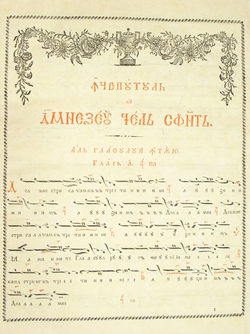Brief Neuropsychological Cognitive Examination Pdf To Jpg
Contents. History The test was used in 1944 for assessing general, and was part of the.
In the 1950s researchers began using the test to assess cognitive dysfunction stemming from, and it has since been incorporated into the. The Trail Making Test is now commonly used as a diagnostic tool in clinical settings.
Poor performance is known to be associated with many types of brain impairment, in particular frontal lobe lesion. Method and interpretation The task requires a subject to connect a sequence of 25 consecutive targets on a sheet of paper or computer screen, in a similar manner to a child's puzzle.
There are two parts to the test: in the first, the targets are all numbers (1, 2, 3, etc.) and the test taker needs to connect them in sequential order; in the second part, the subject alternates between numbers and letters (1, A, 2, B, etc.). If the subject makes an error, the test administrator corrects them before the subject moves on to the next dot.
Psychometrics
The goal of the test is for the subject is to finish both parts as quickly as possible, with the time taken to complete the test being used as the primary performance metric. The error rate is not recorded in the paper and pencil version of the test, however, it is assumed that if errors are made it will be reflected in the completion time. The second part of the test, in which the subject alternates between numbers and letters, is used to examine.
Addenbrooke's Cognitive Examination
The first part is used primarily to examine. References. ^ Arnett, James A.; Seth S. Labovitz (1995). Psychological Assessment. 7 (2): 220–221.:.
Retrieved 2012-02-22. 'Detection of dementia of the Alzheimer type in a population-based sample: Neuropsychological test performance'. Journal of the International Neuropsychological Society. 1 (03): 252–260. CS1 maint: Explicit use of et al. ^ Tombaugh, T.N.T.N (2004).
Archives of Clinical Neuropsychology. 19 (2): 203–214. Retrieved 2012-01-10. The relation of the trail making test to organic brain damage. Journal of Consulting Psychology.
Reitan, R. 'Validity of the Trail Making test as an indicator of organic brain damage'. ^ Bowie, C.R.C.R; P.D.P.D Harvey (2006). Nature Protocols.

1 (5): 2277–2281.:. Retrieved 2012-01-10. Corrigan, J. D.; Hinkeldey, M. 'Relationships between parts A and B of the Trail Making Test'. 43 (4): 402–409.
Gaudino, E. A.; Geisler, M. W.; Squires, N.
'Construct validity in the Trail Making Test: What makes Part B harder?' J Clin Exp Neuropsychol. 17 (4): 529–535. Further reading.
Groth-Marnat, Gary (2009). Handbook of Psychological Assessment (Fifth ed.). Hoboken (NJ): Wiley. (11 September 2010). Strauss, Esther; Sherman, Elizabeth M.; Spreen, Otfried (2006).
Oxford: Oxford University Press. Retrieved 14 July 2013. External links.
A free computer-based research-oriented implementation of the trail-making test is available as part of the.